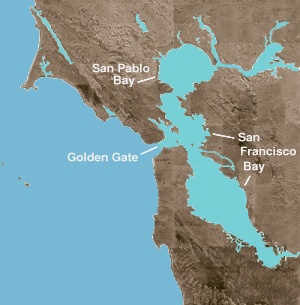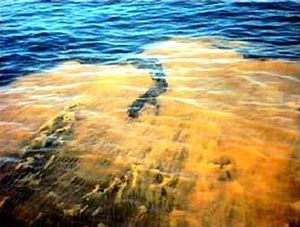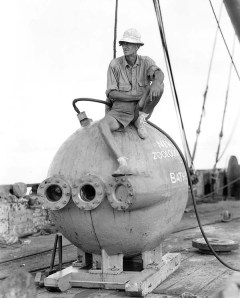Now that we have posted 200 entertaining posts of random beach trivia we thought it would be fun to review the most visited posts to see what our audience enjoys reading from us. So during this holiday season let’s make a toast to the top ten most read entries.
Thanks for reading all the posts from BCS and let us know if you have a questions while digging your toes in the sand!
The First Beach Chair Scientist post is about my favorite animal – The Atlantic Horseshoe Crab
Break it down. It’s hammertime … (doooo doo doo dut .. doo dut ..doo dut.)












What people are saying …